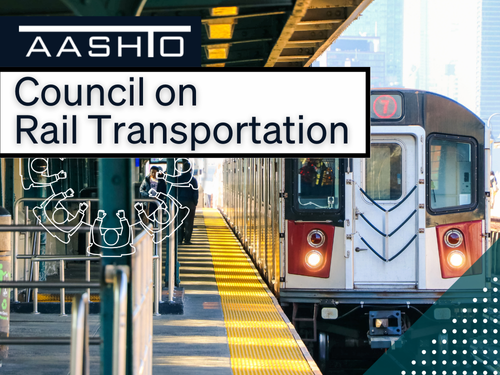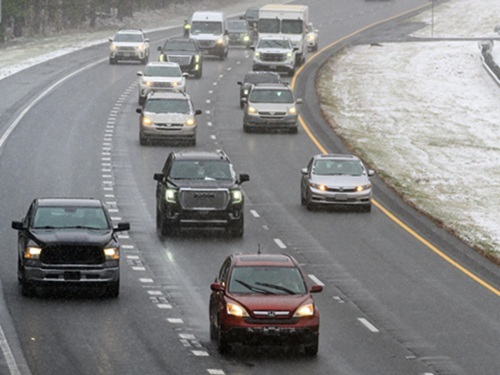The National Highway Traffic Safety Administration released nearly $260 million in highway safety grants on December 17 to highway safety offices in all 50 states, the District of Columbia, U.S. territories, and the Bureau of Indian Affairs.
[Above photo by AAA]
Those grants – funded with monies from the $1.2 trillion Infrastructure Investment and Jobs Act or IIJA signed into law in November – seek to address the “traffic safety crisis” on America’s roads by helping states and territories support a broad array of traffic safety improvements.
That “crisis” refers to the 20,160 people who died in motor vehicle crashes in the first half of 2021, up 18.4 percent over 2020. That is largest six-month increase ever recorded in the Fatality Analysis Reporting System’s history, NHTSA noted in an October statement. The agency added that total number of projected fatalities is the largest six-month total since 2006.

“Traffic crashes take the lives of too many Americans, but these tragedies are not inevitable, and we will not accept them as part of everyday life,” said Pete Buttigieg, secretary of the U.S. Department of Transportation, in a statement.
That $260 million is part of over $13 billion in roadway safety funding contained within the IIJA, including a $6 billion new “Safe Streets for All” discretionary grant program.
NHTSA added that $260 million includes $133.3 million in state and community highway safety funding to support initiatives such as high-visibility enforcement campaigns and other safe driving campaigns, as well as enforcement of and education about state laws on seat belt use and risky driving.

In addition, that funding will help improve traffic records and support programs on the proper use of child safety seats, including inspection stations where caregivers can confirm the proper installation of their child safety seats.
NHTSA added that it is also providing an additional $123.4 million to states and eligible territories through the National Priority Incentive Programs.
That includes nearly $70 million for impaired driving countermeasures; $19 million to help states build crash databases; more than $17 million for seat belt education and enforcement; more than $9 million for distracted driving prevention; $6.6 million for pedestrian and bicyclist safety programs; and $2 million for motorcyclist safety.
“The variety of funds available allows each state to target its specific challenges,” noted NHTSA Deputy Administrator Steven Cliff. “Traffic safety may be a national problem, but the solutions are regional and local.”
 Nation
Nation
Registration Open for AASHTO’s Winter Rail Meeting
December 19, 2025 Nation
Nation

